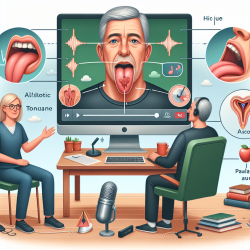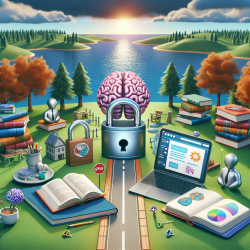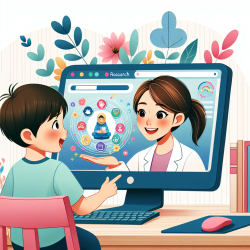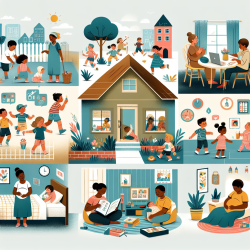The emotional well-being of students is a cornerstone of effective learning environments. With increasing awareness of the impact of emotions on learning and behavior, educators are seeking innovative ways to support emotional regulation in the classroom. TinyEYE, a leader in providing online therapy services to schools, offers a wealth of resources designed to enhance emotional and stress regulation among students.
The Emotion and Stress Regulation Magic Tool Box
The Emotion and Stress Regulation Magic Tool Box is a comprehensive guide developed by experts from the University of Maryland's College of Education. Authored by Colleen O’Neal, Kristin Meyering, Su Chen Tan, Ee Lynn Wong, Venus Lee, Leyla Babaturk, and Gabriella Estevez in 2019, this tool box serves as an invaluable resource for educators seeking to foster emotional awareness and regulation skills in their students.
Emotion Awareness Activities
Understanding emotions is the first step toward effective emotion regulation. Activities such as "If You're Happy and You Know It," the "Emotions Wheel," and "Feelings Bingo" are designed to help students identify and articulate their feelings. These activities encourage students to reflect on their emotions and how these emotions manifest physically.
Zones of Regulation
The Zones of Regulation framework provides students with a structured approach to self-regulation. Students learn to identify which zone they are in—Green, Blue, Yellow, or Red—and apply strategies to move towards a more productive state. Techniques include taking breaks, practicing deep breathing (such as belly breaths), or engaging in calming activities like yoga poses or walks.
Tucker Turtle Technique
The Tucker Turtle technique is a narrative-based strategy that teaches students how to manage strong emotions. By thinking like a turtle—recognizing feelings, thinking "stop," tucking inside their shell for deep breaths, and emerging calm—students learn practical steps for self-calming.
Body Relaxation Techniques
A variety of relaxation techniques are included to help students manage stress physically. Activities such as "One-Two-Three Breathe," body grounding exercises, alternate nostril breathing, and yoga stretches like Child’s Pose or Rabbit Pose are all geared towards calming the body and mind.
Engagement and Attention Strategies
Maintaining student engagement is crucial for effective learning. Strategies such as rhythm-based activities, attention grabbers like clapping patterns or teacher whispers, and interactive games like Simon Says or Charades help capture student interest while promoting social interaction.
Building Relationships Through Positive Interactions
The tool box also emphasizes the importance of relationship building in the classroom. Techniques such as PRIDE skills (Praising good behavior, Reflecting on student speech, Imitating gestures), positive reframing, kindness chains, and conflict resolution strategies like Conflict CAT (Calm Down, Apologize, Toolbox) foster a supportive classroom environment.
The Role of Teacher Self-Care
An often overlooked component of classroom management is teacher self-care. The tool box encourages educators to practice deep breathing exercises, progressive muscle relaxation, stretching routines, and reflective practices to maintain their own well-being. By modeling these behaviors, teachers not only benefit themselves but also set a positive example for their students.
TinyEYE’s commitment to supporting educators through online therapy services extends beyond student interventions; it encompasses holistic approaches that consider the well-being of both students and teachers.
For more information on enhancing emotional regulation in schools using these tools and strategies, please follow this link.










